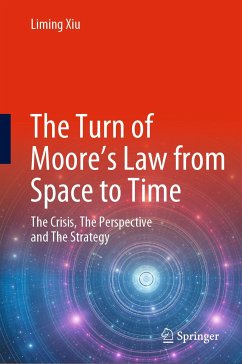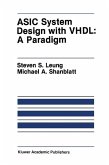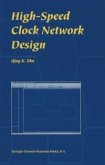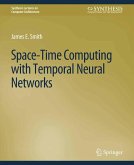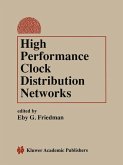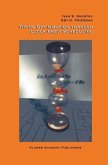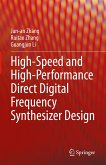This book states that a space-induced crisis is recognized as the cause of trouble that Moore's Law is currently facing. The contemporary practice of this empirical law can be considered as happening within a space-dominant paradigm. An alternative of exploiting potential in the dimension of time is identified as an emerging paradigm in microelectronics. The new practice is termed a time-oriented paradigm. It is justified as the turn of Moore's Law from space to time. The resultant Time-Moore strategy is envisioned as the next-generation enabler for continuing Moore's Law's pursuit of everhigher information processing power and efficiency. It also serves as the perpetuation of the spirit that Moore's law is nothing but a collective storied history of innovations. In the first part of this book, by following Thomas Kuhn's seminal work around the concepts of paradigm and scientific revolution, the argument for the Time-Moore strategy (Time-Moore: to use time more) and the paradigm shift from space to time is carried out heavily through philosophical persuasion rather than technical proof due to the difficult challenge of change-of-mindset. The second part of the book provides solid technical materials for supporting this transition from the old paradigm to the new one. In short, the goal of this book is to reevaluate the contemporary practice of microelectronics, identify the cause of the current crisis, advocate a change-of-mindset to circumvent the crisis, and ultimately point out a new route for advancing. After achieving so many unprecedented accomplishments through several decades of relentless endeavor, it's time for the big ship of Moore's Law (i.e., the art of microelectronic system design) to make a turn.
Dieser Download kann aus rechtlichen Gründen nur mit Rechnungsadresse in A, B, BG, CY, CZ, D, DK, EW, E, FIN, F, GR, HR, H, IRL, I, LT, L, LR, M, NL, PL, P, R, S, SLO, SK ausgeliefert werden.

